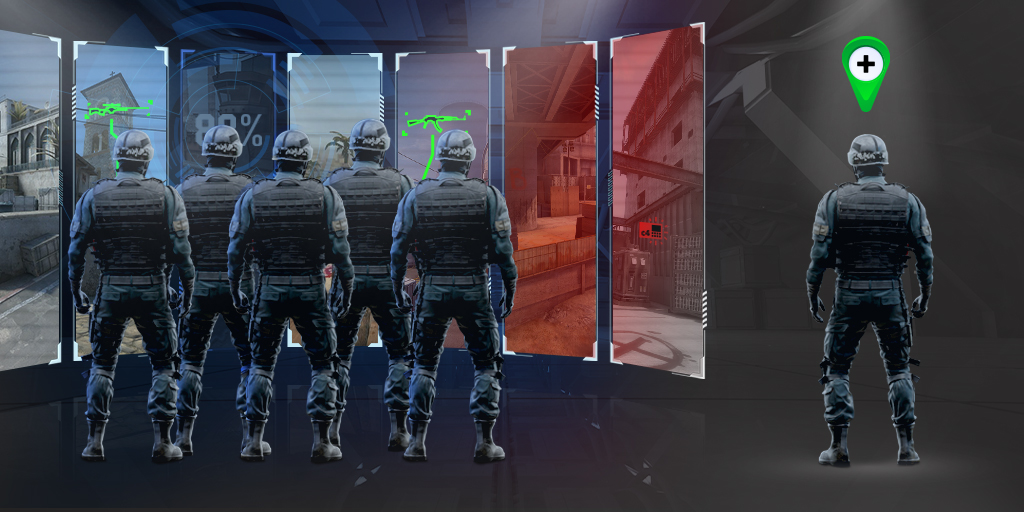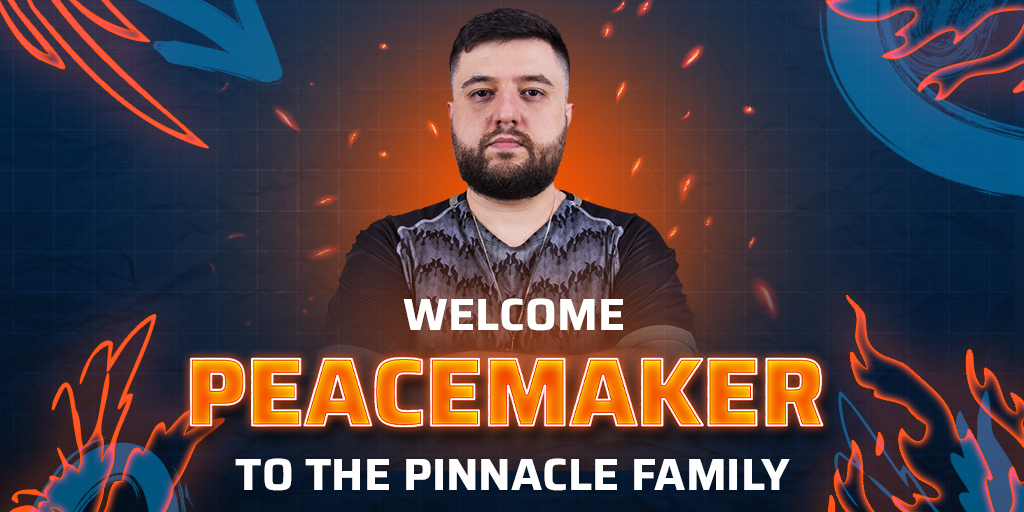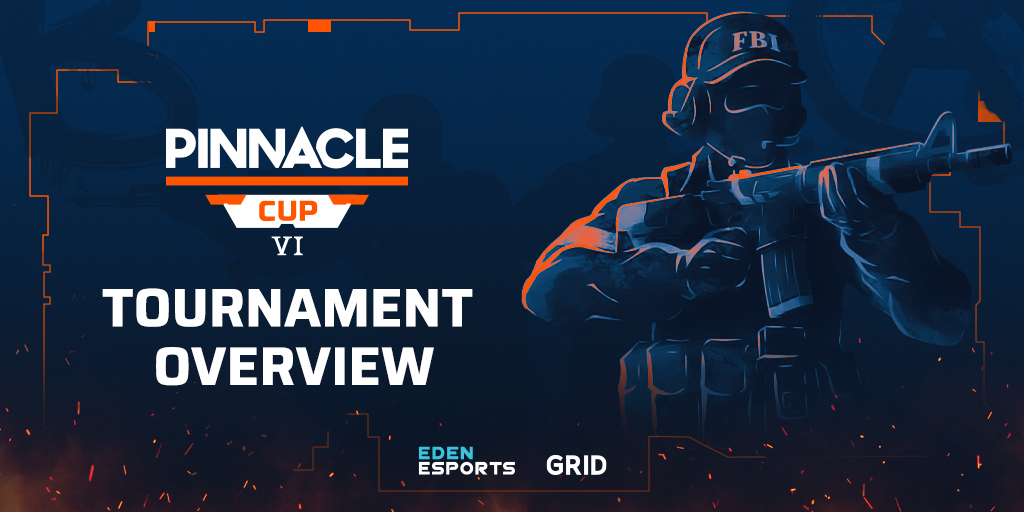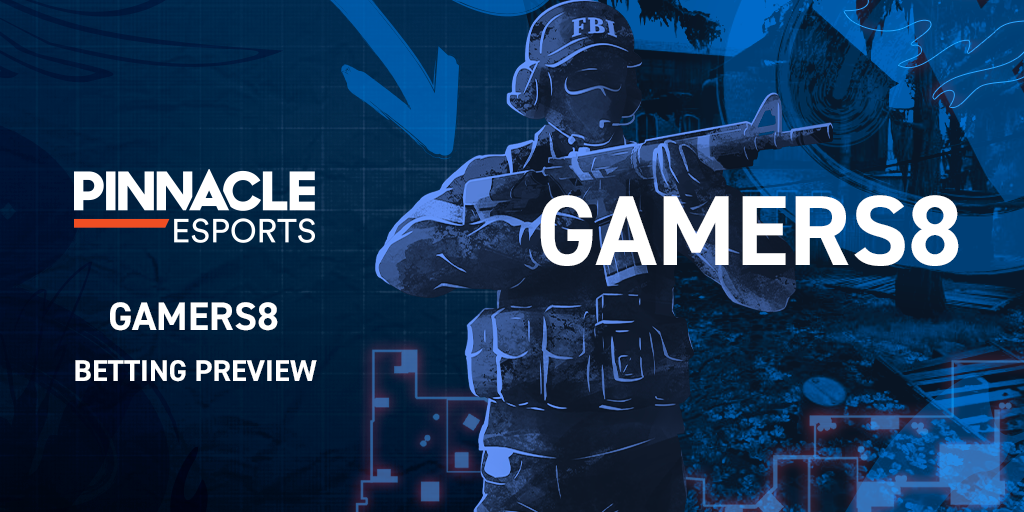Traditionally, teams in the Counter-Strike series have retained a solid 5-man roster. While other esports, like League of Legends and Overwatch, have moved into a larger roster environment, the majority of CS:GO has so far remained steadfast in its commitment to not having more than five people on a team.
History of CS:GO rosters
Historically, rosters in CS:GO, and CounterStrike as a whole, have tended to stick to the five man set-up. They’ve never truly shifted, with teams opting to change the roster entirely to shake up their performances or to engage the services of a one-off emergency stand-in if required.
As esports as a whole gets more professionalised, the likelihood of CS:GO rosters expanding will increase.
The latter example happened used to happen relatively often in CS:GO. A notable occasion was back in 2017, when Ninjas in Pyjamas (NiP) secured the services of Oleksandr "s1mple" Kostyliev and Egor "flamie" Vasilev to replace Adam "friberg" Friberg and Patrik "f0rest" Lindberg for their final two online games in ECS Season 3. At the time this proved relatively controversial, as Na`Vi (the two players original team) were ranked ten places higher than NiP and it appeared as if the Swedish team had transplanted two strong players in order to get the best shot a place at the tournament’s finals.
More recently, FaZe utilised Jorgen "cromen" Robertsen and Richard "Xizt" Landström when Olof “olofmeister” Kajbjer had a lengthy spell out through injury in 2018. The difference between this example and NiP, however, is that the two players were exclusively tied to FaZe during the period.
In the past few years, alongside the rise of larger and larger player salaries, teams have moved players to an inactive position. While it is sometimes referred to as “the bench”, it encompasses more possibilities than in traditional sports. Players tend to remain in an inactive slot until sold, released or re-added to the roster.
The closest to an enlarged roster CS:GO has been was when a number of organisations briefly operated academy teams. Fnatic, North and EnVyUs were notable examples of such experiment, later abandoned by the vast majority of top teams due to tournament competition rules. In reality players would switch between teams rarely, if ever. It’s only very recently that teams have opted to open a substitute bench alongside the main team.
Rise of 6-man rosters: Astralis
In the early months of 2020, Astralis decided it was time to investigate adding a sixth member to their CS:GO team. It’s not the first time they have done this Bo “wantz” Vestergaard was briefly the sixth member of the team in 2016. At the time, however, the player was added without much fanfare, and never took part in a competitive match for the Danish team.
Patrick "es3tag" Hansen, on the other hand, had a grand announcement from the Danish team. Astralis filed a full press release, stating that es3tag would join in order to “improve working conditions” for the Danish team. Coach Danny “zonic” Sorensen later explained the move in an interview after an ESL Pro League fixture.
Today, we announced that we are expanding our roster with the addition of Patrick 'es3tag' Hansen.
— Astralis (@astralisgg) March 22, 2020
Coach @zonic talks about @es3tag, him joining the team on even terms with all other players, and how Astralis will work with the six-man roster going forward.#LetsGoAstralis pic.twitter.com/U6pB3KyPvZ
While Astralis are not the first team to have moved into a larger roster, AGO were notable during 2019 for having a nine-man roster, the Danish team are the most well-known team to do so. How it will work is still to be seen, with the idea still in its nurturing phase. Rumours, and event statements from the team themselves, say they are actively looking at a roster larger than just six members.
Out of all the candidates for an enlarged roster, Astralis would be the one to benefit from it the most. It may not be immediately obvious to the outside eye, as the Danish team are widely recognised as the best in the world, but, more than most teams, they have suffered notable occasions of burnout and health issues. They were the team which, at the start of the 2019 season, took a number of events off their schedule despite being at the top of the world, having won back-to-back Major titles.
At ESL One: Cologne 2016 Major, Peter “dupreeh” Rasmussen suffered from appendicitis and had to be replaced by coach zonic. Nicolai “device” Reedtz also has a well-documented stress related health condition, which in the past has caused him to miss out a number of events. Having access to another player to be able to step into that role, with comfortable knowledge of how the team plays, is an important step for such a high-level team.
The future of CS:GO roster sizes
When you look to the future of CS:GO, no-one can really tell if a move to a larger roster size will stick. While it may have found success in games like League of Legends and Overwatch, CS:GO has tended to be more of a traditional game. Making only minimal changes in-game, and out of game, when it comes to Valve Majors at the very least, sticking with the principle that 3/5 of a team owns the spot.
Third party organisers in non-Major competition may be the best opportunity for Astralis to utilise their new, larger roster. For example, the BLAST Premier competition, hosted throughout 2020, the tournament organizer allows a squad size of seven, five starting players and two substitutes as well as an additional coach. BLAST also allows teams to swap players in-and-out between maps of a series.
In the early months of 2020, Astralis decided it was time to investigate adding a sixth member to their CS:GO team.
A major barrier to an increase in roster sizes currently is down to cost. CS:GO is known for being one of the most expensive esports to enter, and without franchised leagues with easily quantifiable revenue shares, a return is difficult to estimate, especially with the vast majority of prize money being kept in the hands of the players.
Another barrier would be the team itself. Would the team in its current iteration allow players from outside the core five to engage in training, teaching them to play how they play? It’s a question you’d assume would be asked as the idea they may be replaced wouldn’t exactly be far in their mind, considering such experiments have yet to wield success.
However as esports as a whole gets more professionalised, the likelihood of CS:GO rosters expanding is going to be more likely. With the concerns of burnout, both physical and mental, organisations are more than likely going to look at ways of preventing that for their players.
- Read: CS:GO Predictions
The future of CS:GO is set to change. The way teams compete won’t be the same as it is now in 2020. A move to a larger squad is just one potential answer to the state of competition and the calendar. It’s reached the point where teams, and certainly players, are no longer necessarily willing to take part in tournaments as they currently do.







